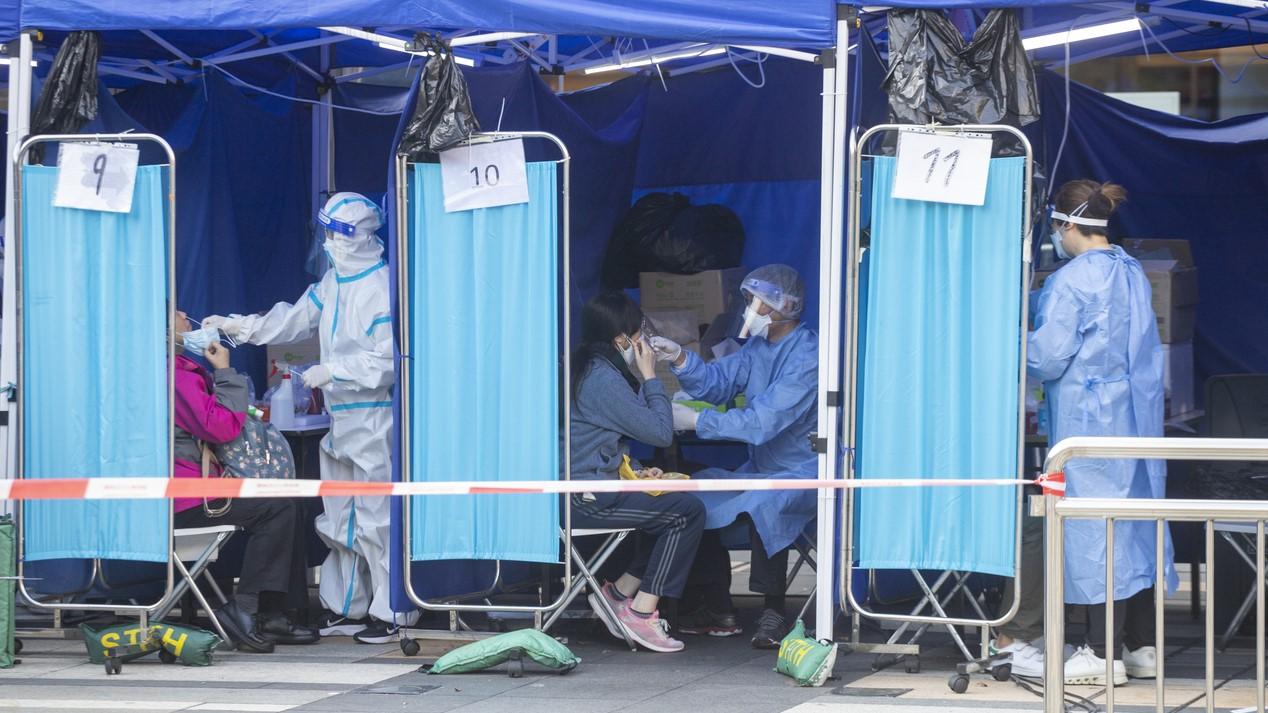The World Health Organization (WHO) has been in talks with China over the past several weeks amid its surge in COVID-19 cases, and over the past few days the country released more details about its situation, including that it has recorded nearly 60,000 deaths since early December.
China was battling hot spots in several major cities before the government unwound its "zero COVID" policy after rare public protests. The abrupt relaxation of measures in early December, however, came with intensified activity, spurring concerns about spread to rural areas that have numerous vulnerable people and weaker healthcare systems, especially just before the busy Lunar New Year travel season.
Global health officials have been pressing China for more information to gauge the threat to the country's population, but also to help countries prepare for any potential new subvariant threats.
Patterns similar to other countries' waves
In a Jan 14 statement, the WHO said Director-General Tedros Adhanom Ghebreyesus, PhD, spoke with Minister Ma Xiaowei, who directs China's National Health Commission (NHC), about China's COVID situation. The WHO added that Chinese officials also provided information in a press conference in which officials covered outpatient clinics, hospitalizations, emergency treatment and critical care demand, and deaths occurring in hospitals.
The same day, China's NHC said nearly 60,000 people with COVID-19 have died since early December, the Associated Press reported. The number is up sharply from earlier official reports but is likely still an underestimate, given media reports of overwhelmed mortuary service and health systems. The country's count included 5,503 deaths from respiratory failure and 54,435 from other contributing medical conditions. The latest official deaths count doesn't include people who died at home.
In a separate report, Reuters said that doctors at some of China's public hospitals have been discouraged from putting COVID-19 as the cause of death on death certificates.
The WHO said it is analyzing the information on the wave of new infections that it received from China, which covers early December through Jan 12. The group urged China to continue sharing information with the WHO and the public, and it acknowledged China's efforts to scale up its clinical care, including for critically ill patients.
Epidemiologically, China's wave resembles similar waves in other countries, with a rapid and intense surge and the highest impact on older people and those with underlying health conditions, as well as pressure on health systems. The WHO said the reported data show a decline in cases, hospitalizations, and those needing critical care.
The WHO is pressing China for more detailed data by province and for more SARS-CoV-2 sequences to be shared for deeper genetic analysis. Chinese officials have reported that two Omicron sublineages—BA.5.2 and BF.7—are circulating. Both are common in other parts of the world.
China reinstituted a requirement for a negative COVID-19 test for some countries, just a week after it relaxed the measure, the Global Times reported. Countries include the United States, Japan, and South Korea, which recently announced a negative test requirement for travelers coming from China, due to concerns about the country's surge and a lack of data about its epidemiologic situation.
Evolving subvariant picture in UK
In other global COVID developments, the United Kingdom's Health Security Agency (HSA) recently posted a variant update, which said multiple Omicron subvariants are circulating, with BQ.1.1 making up 51% of cases.
Two subvariants are growing: CH.1.1, which is linked to 20% of cases, and XBB.1.5, linked to 4.5%. It said CH.1.1 is a BA.2.75 sublineage that has been spreading since November and has been reported in more than 60 countries, with about half of the sequences in Britain.
In the United States, COVID-19 patterns are in flux following the holidays, with the 7-day average for new daily cases at 60,477, down 10% from a week ago, according to Washington Post tracking. By the same measure, hospitalizations are down 14%, but deaths are up sharply, by 47%.




















